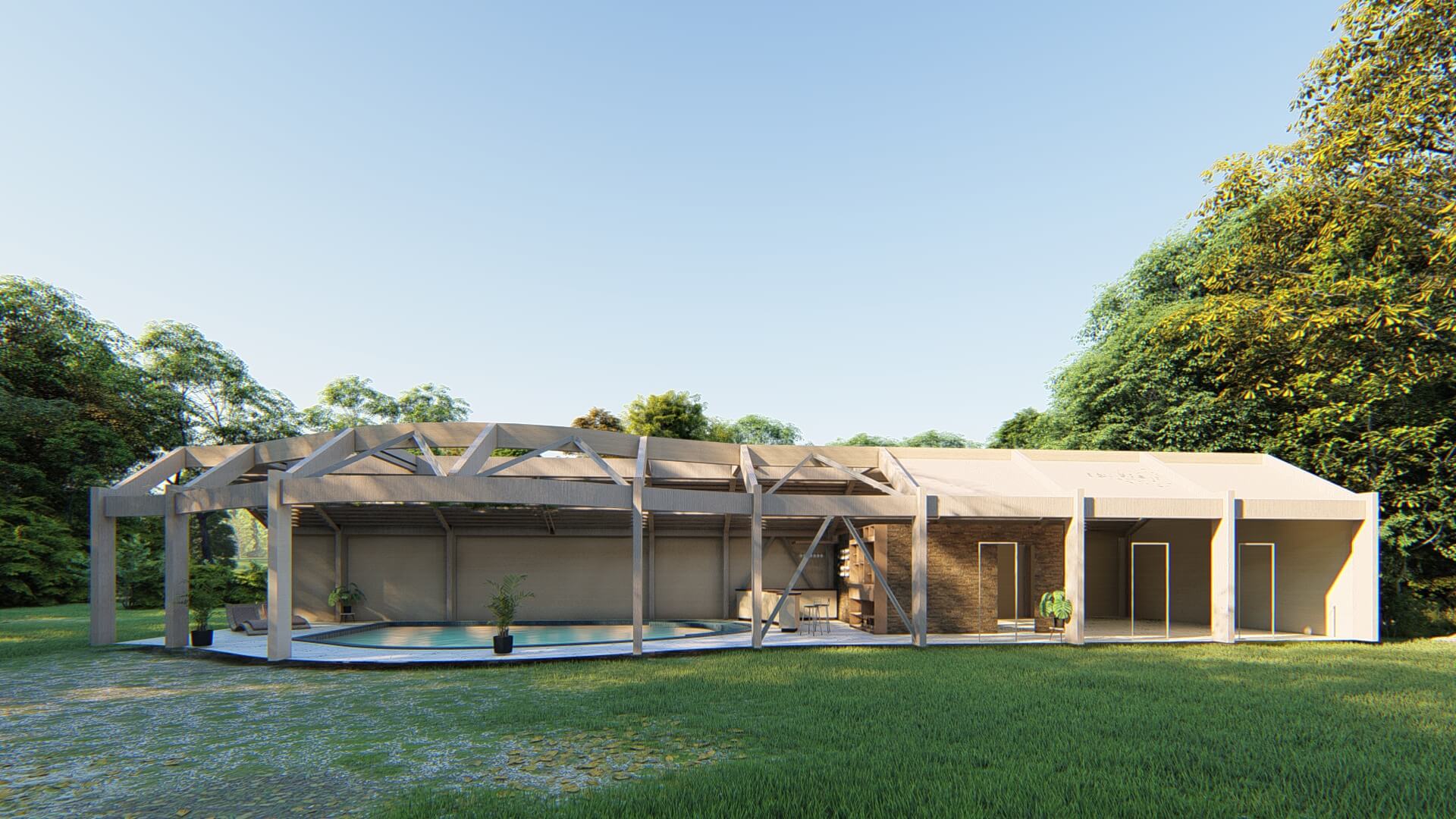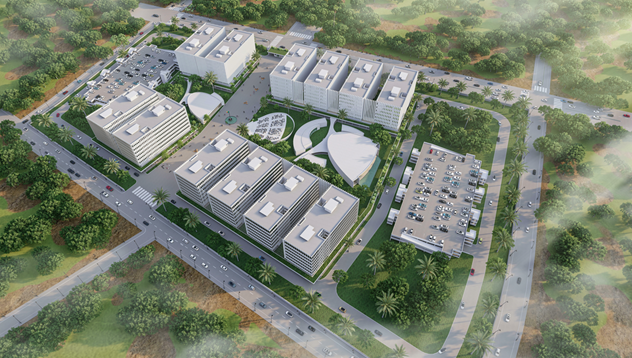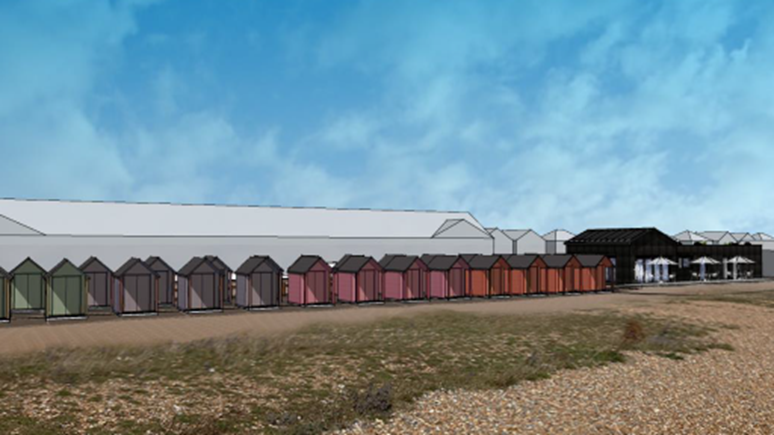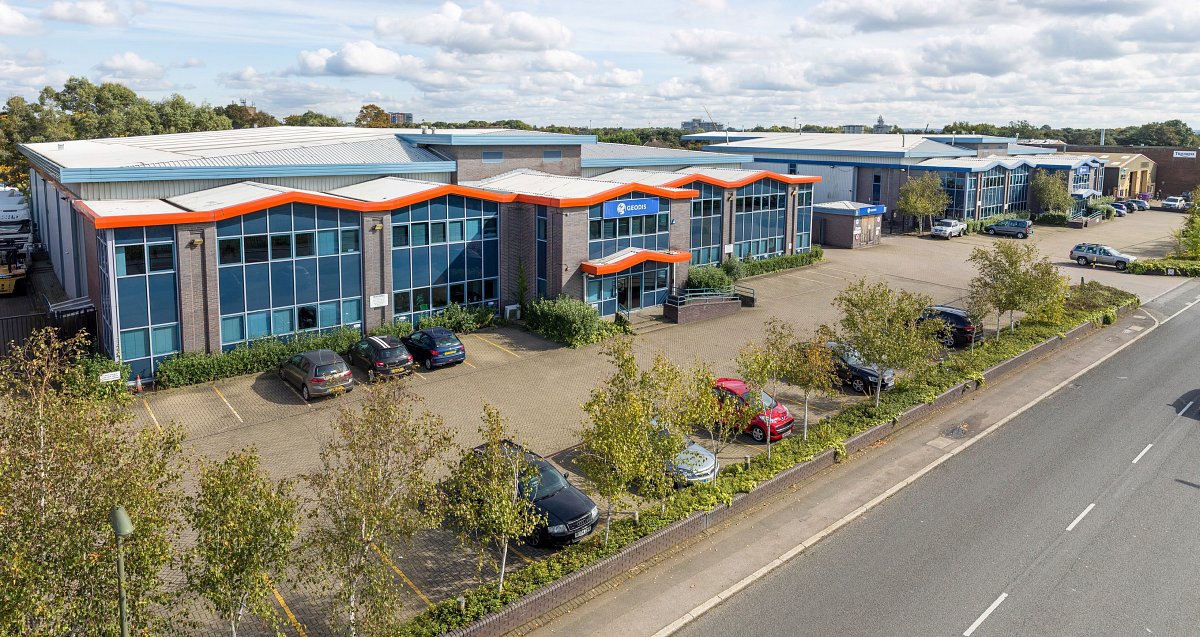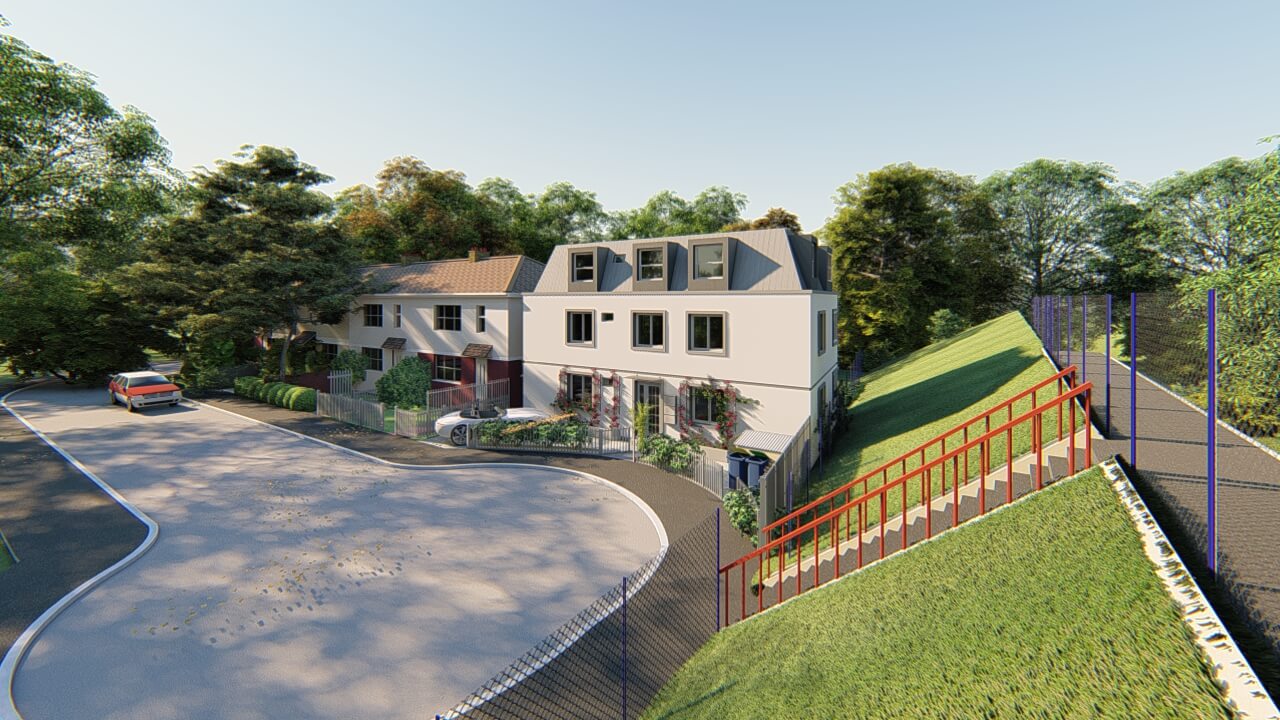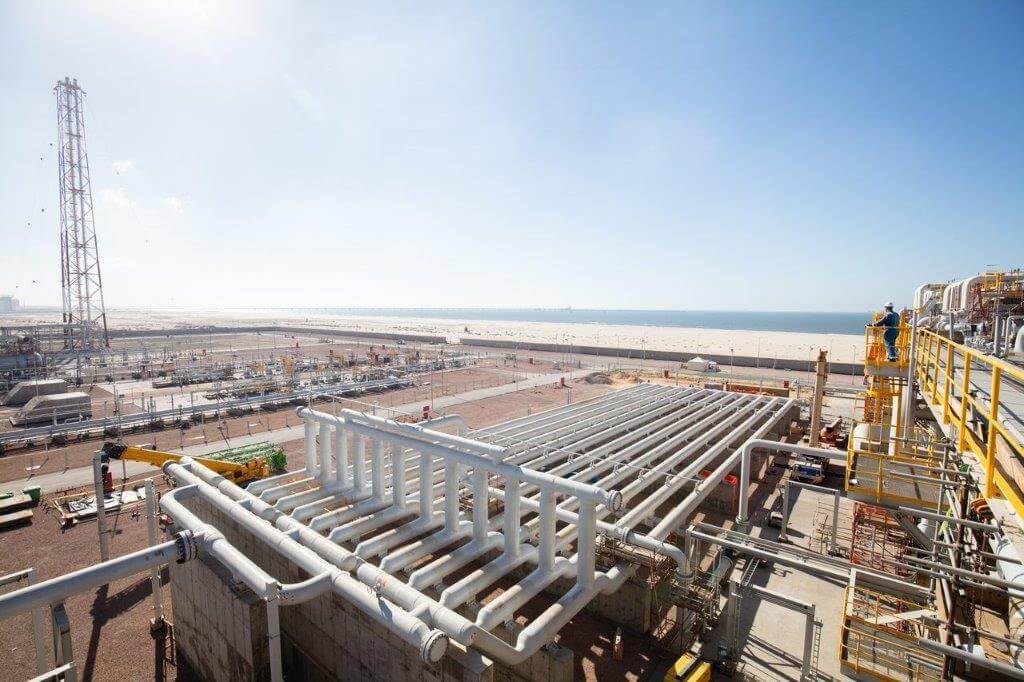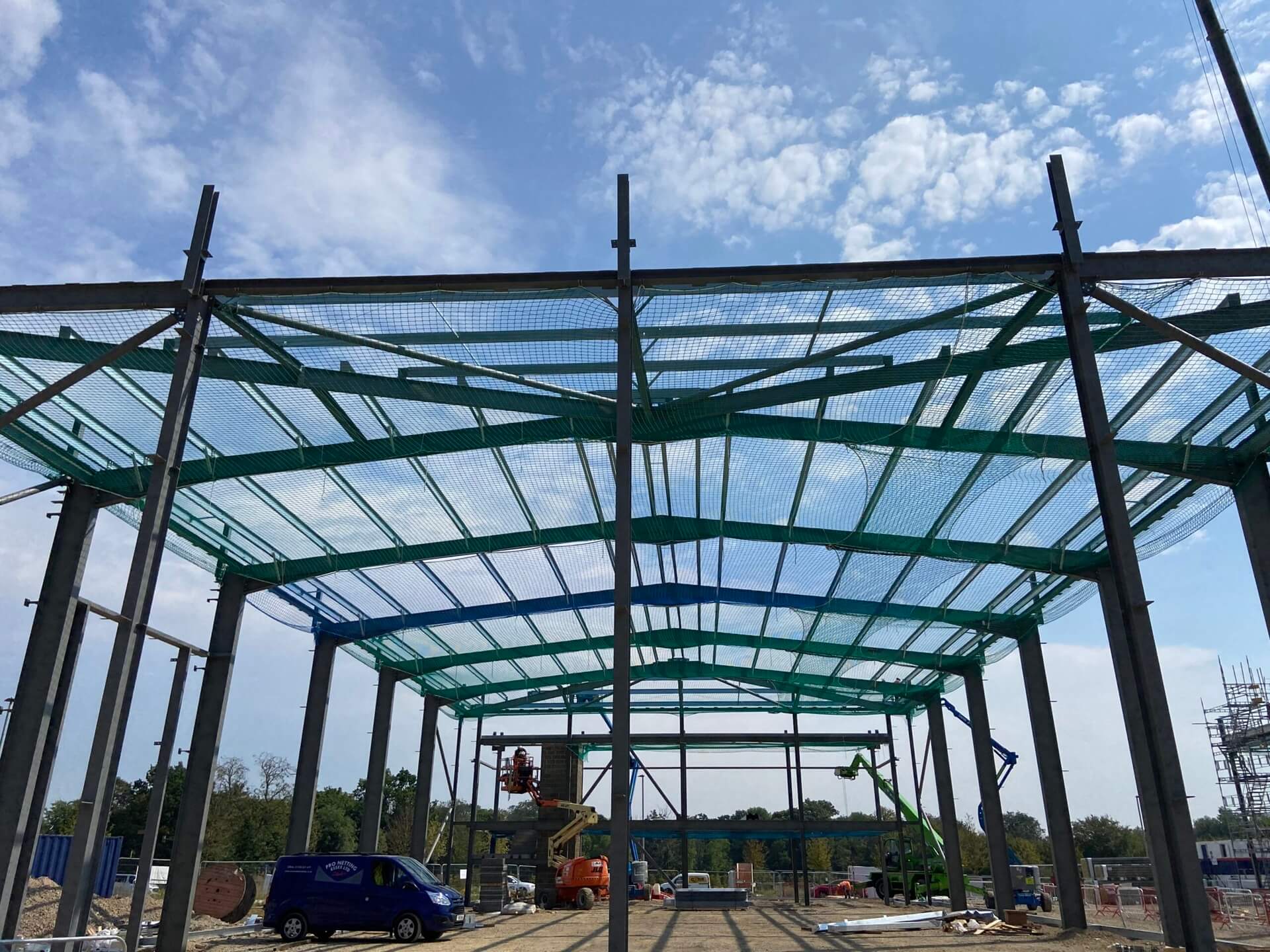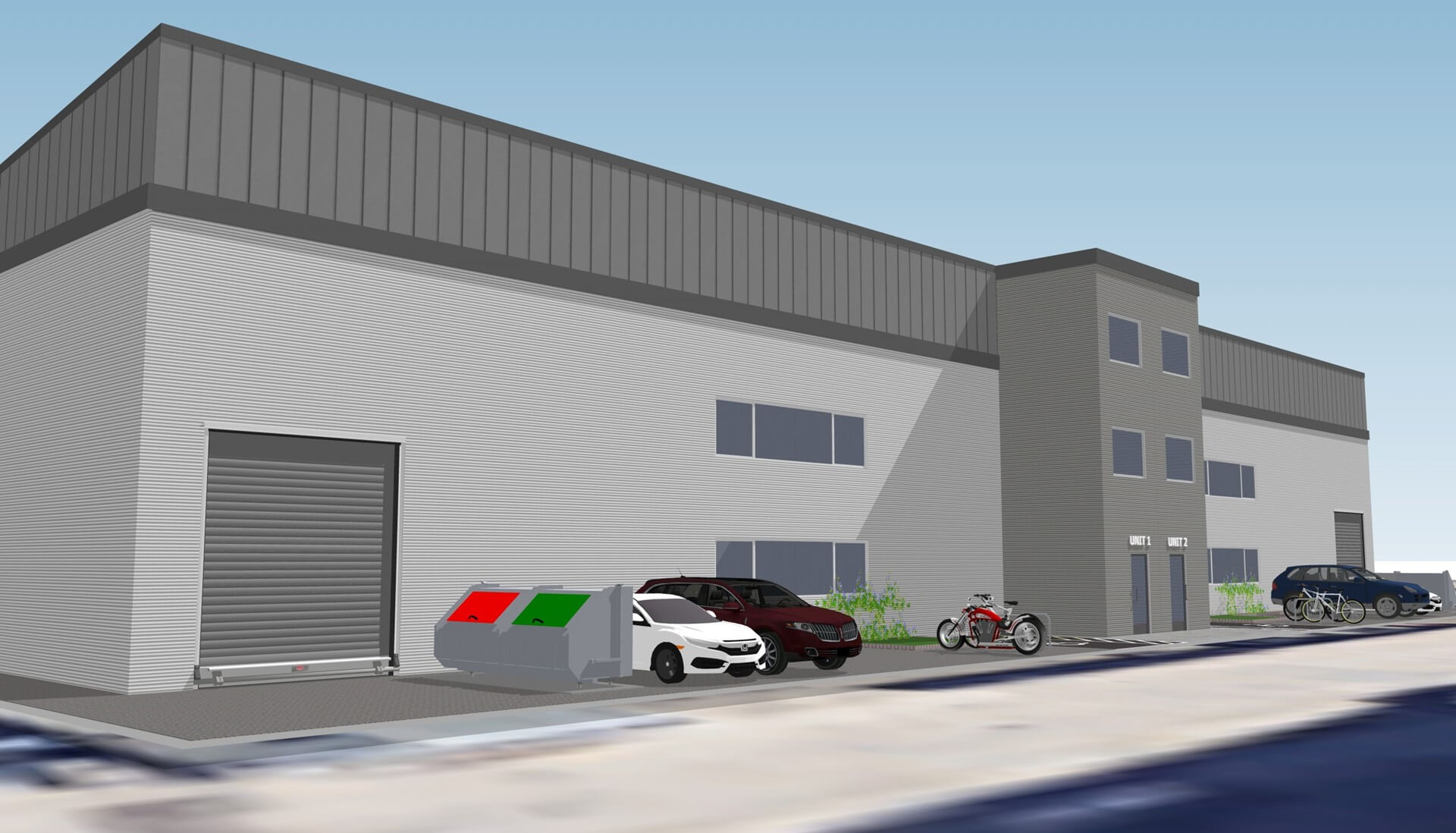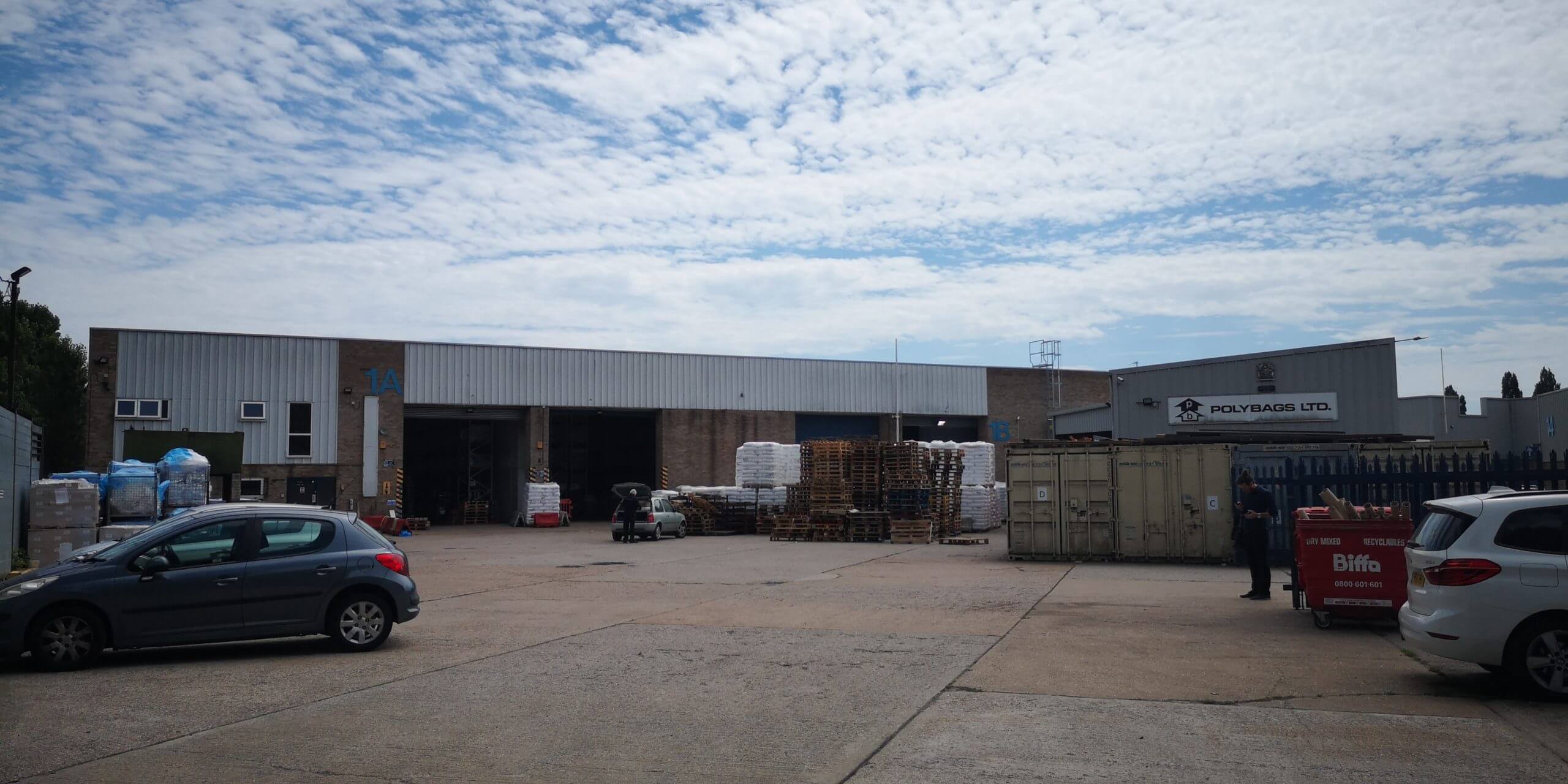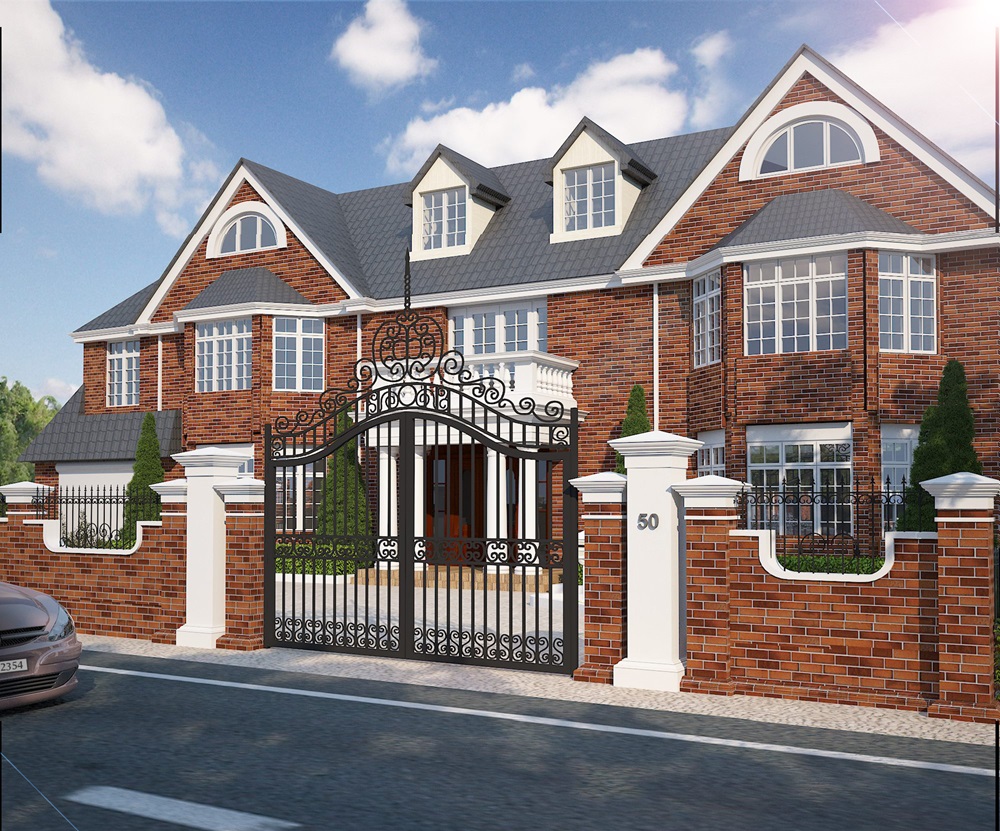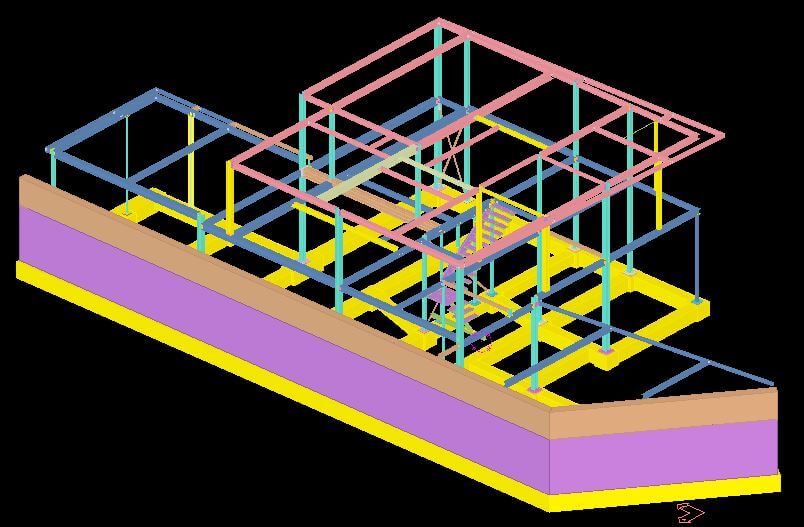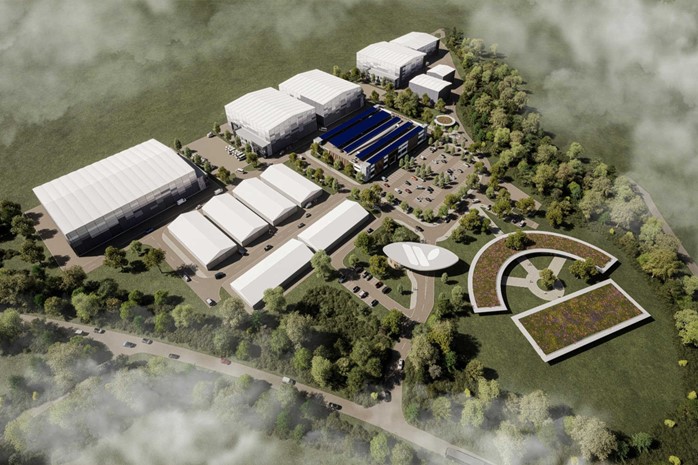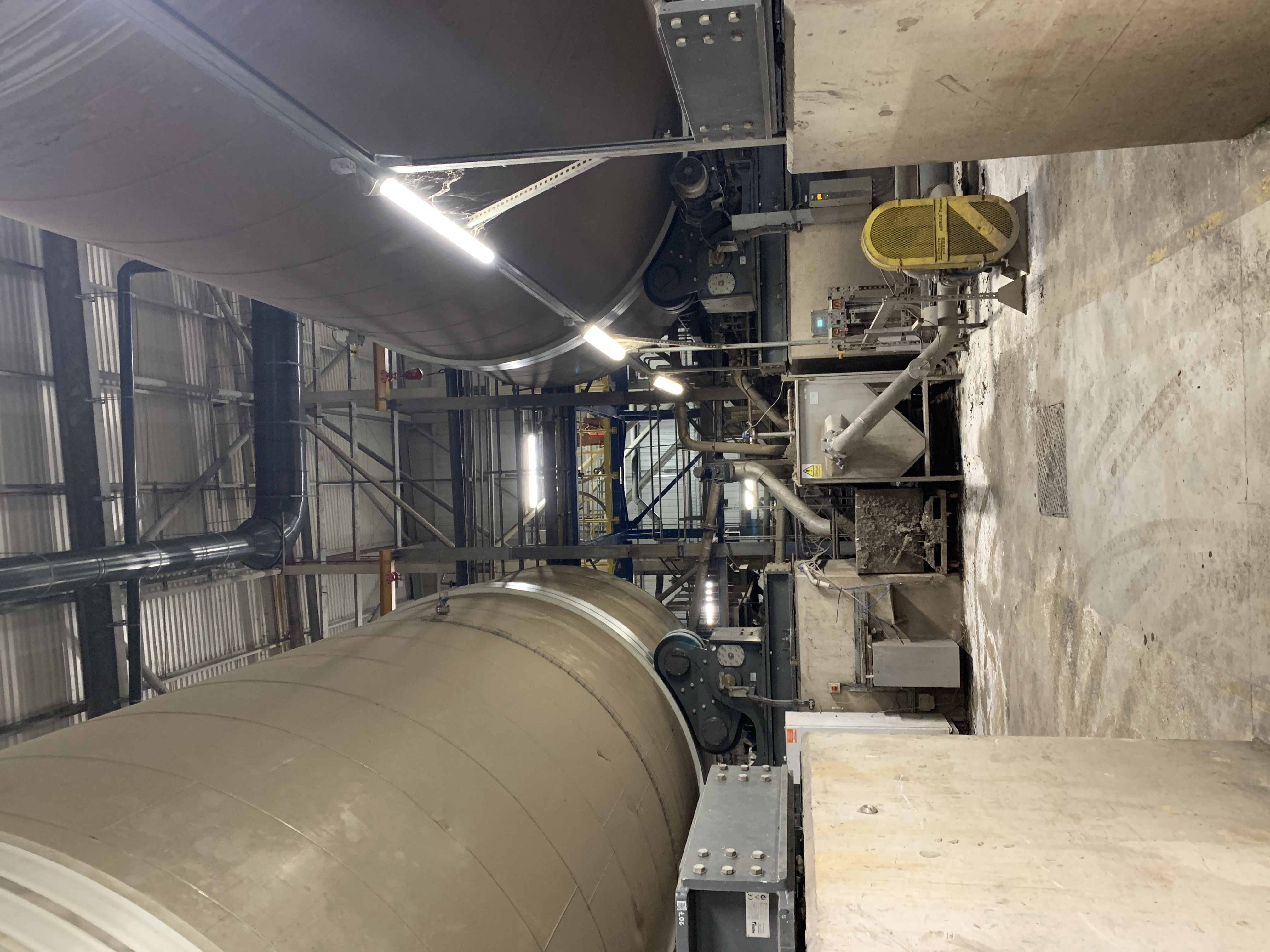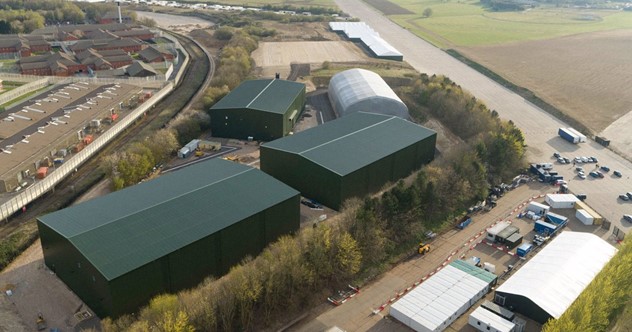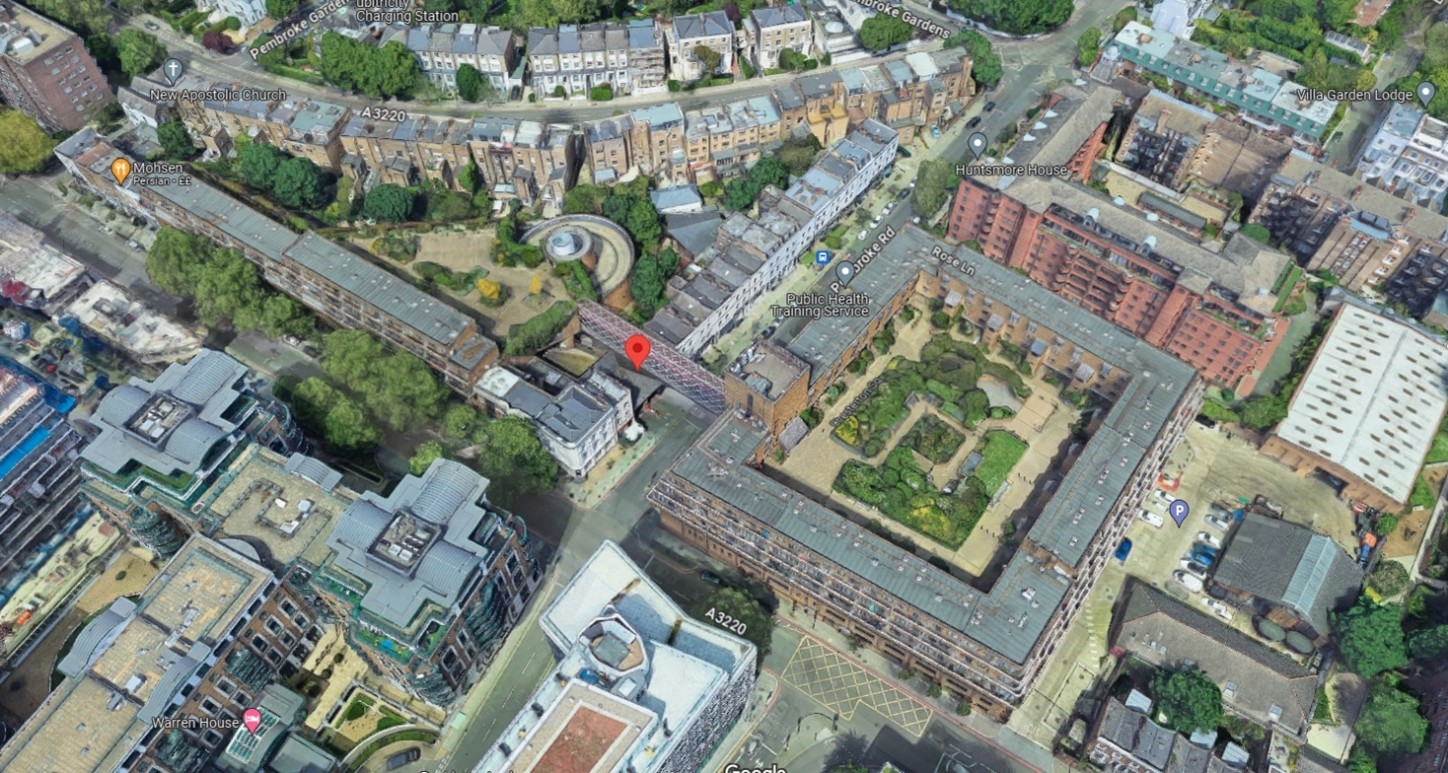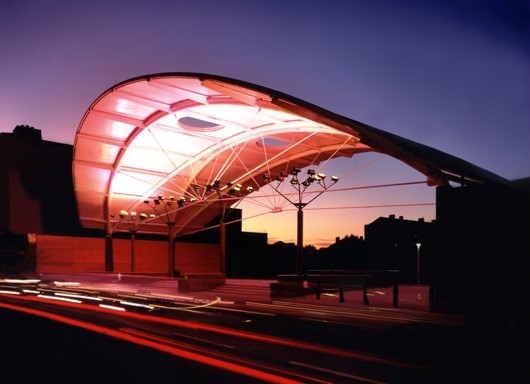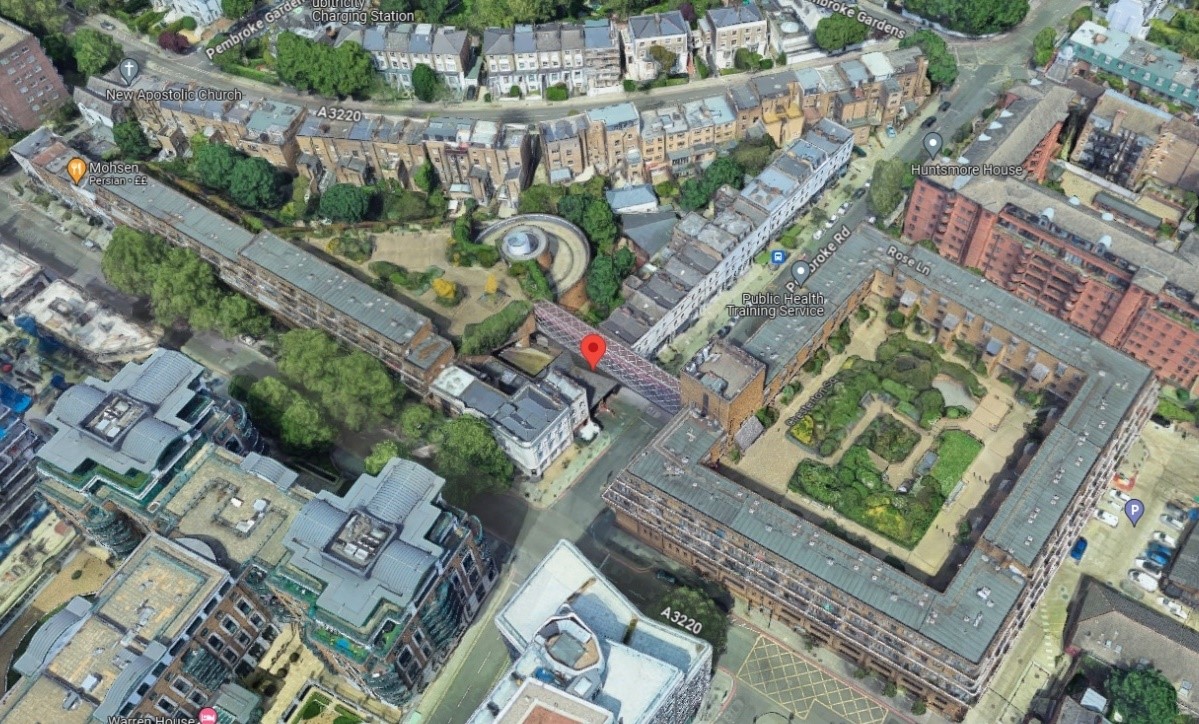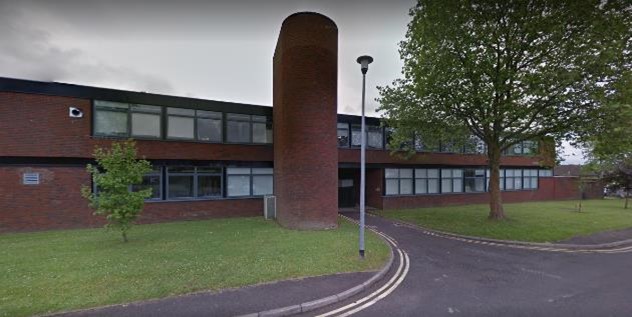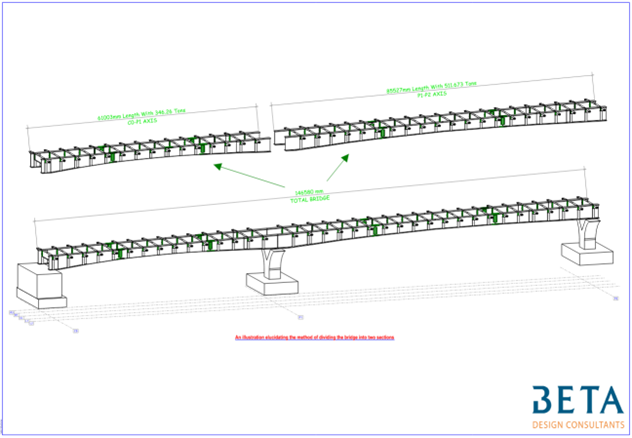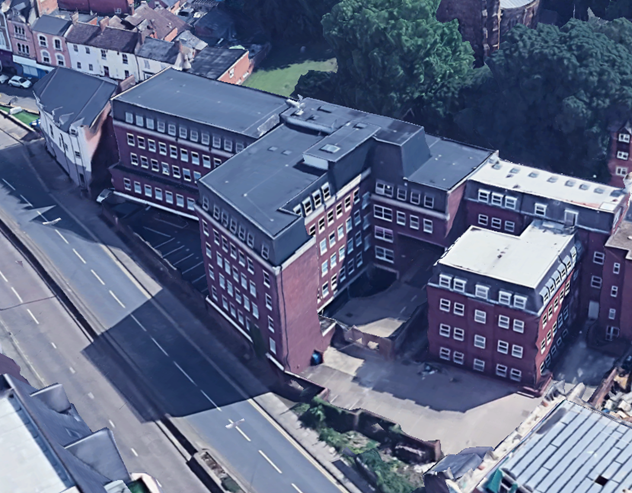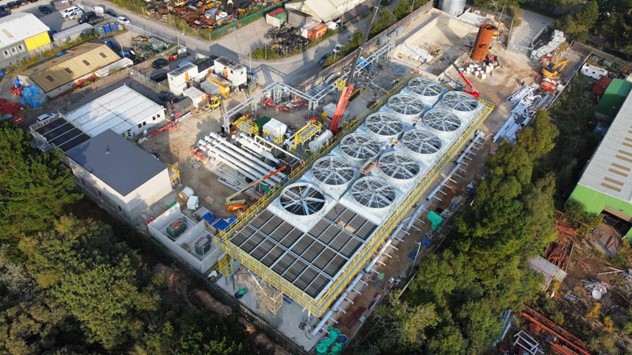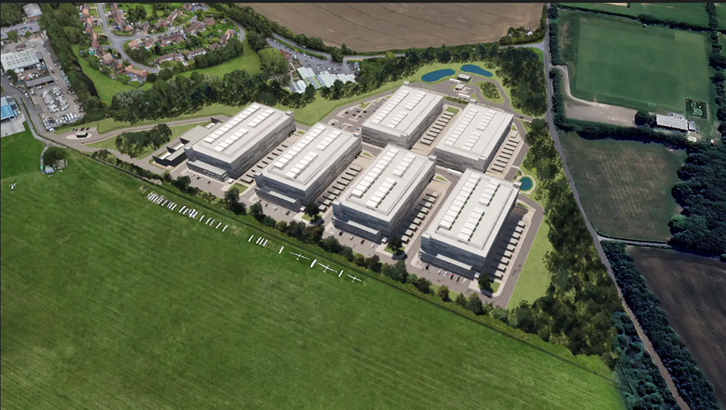At Beta Design Consultants, our civil and structural engineers have provided design support to numerous leisure buildings. The design of these buildings involves unique considerations due to their intended use, large spaces, diverse activities, and the need to accommodate a wide range of users. Our successful completion of these projects is based on the understanding of the structural design considerations and the key differences compared to other building types.
We have supported clients in this sector on many projects including:
- Swimming Pool Shell Buildings.
- London Hippodrome.
- Camana Bay Hotel.
- Shepherds Bush Theatre.
- Chiswick Playhouse.
Some of the key considerations that our team consider during the Structural Design of Leisure Buildings include:
- Large Open Spaces with Special Loading Requirements
- Leisure buildings often feature large, open areas such as sports halls, swimming pools, or theatres. We advise clients and project teams on the options from concept level through to detailed design providing construction level drawings that would allow certainty in cost and programme and pave the way for proper logistics planning. As an example, in London Hippodrome, we provided the detailed design for steel beams that are 17m long and require Leicester Square to be shut down for the crane operations so careful planning was based on detailed design for accurate fabrication and installation.
- Long-span structures like trusses, space frames, or tension systems are needed to minimize internal columns and maximize usable space. We provide design and advice to allow the project team to appreciate the options and make an informed design choice. For example, during the planning of Shepherds Bush Theatre, we provided detailed advice to the project team regarding the steel connection options to allow quick installation in the very difficult access area of West London.
- Facilities like ice rinks, climbing walls, or water parks often include heavy, specialized equipment. These are considered during the structural design and their impact is assessed in consultation with the Architect and other specialist consultants.
- Foundations and structural supports are designed to accommodate concentrated loads and unusual equipment. All structural elements are specified and designed for the correct exposure conditions that are relevant to the use of the leisure building.
- Flexibility and Adaptability:
- Leisure spaces are designed and planned to be adaptable to different uses (e.g., hosting concerts, exhibitions, or sports events).
- Our Structural Engineers allow for movable partitions, retractable seating, and floor loading variations, requiring robust yet adaptable designs.
- Dynamic Loads and Vibration:
- Leisure activities like concerts or sporting events involve dynamic loads from people moving or equipment in use. Our structural engineers review acoustics detailing with the acoustics team and carry out vibration assessments during the structural design to accommodate this requirement.
- The structural design accounts for vibration control, resonance issues, and fatigue in structural members.
- Acoustics and Noise Control:
- Acoustic performance is critical in leisure buildings such as theatres, cinemas, and sports arenas.
- Material choices, structural configurations, and the integration of acoustic insulation is considered to reduce noise transmission and echoes.
- Durability and Maintenance:
- We design leisure buildings to allow for high usage, exposure to humidity (e.g., pools or spas), or wear and tear.
- The structural materials are specified to allow for corrosion and prevent water ingress. Corrosion-resistant coatings are specified and durable mixes are chosen for concrete to ensure easy to maintain structures, particularly in wet or chemically aggressive environments. In pools, we have been looking at coatings for timber when this is used in pools.
- Aesthetic Appeal:
- Leisure buildings are often iconic structures and need to be visually appealing to attract visitors. We work with architects and clients to deliver their vision and provide them with design choices as well as advice on cost implications and programme matters.
- Our Structural Engineers balance structural efficiency with innovative architectural forms, often using exposed structures or unique geometries.
- User Safety and Accessibility:
- Our Structural Engineers consider the design implications during occupancy by a large and diverse group of users, including families, children, and those with disabilities, is paramount.
- Structural Implications that we account for include emergency evacuation routes, fire safety systems, and compliance with accessibility regulations (e.g., ramps, lifts). We integrate these requirements within the structural layout and design.
- Environmental Sustainability:
- Modern leisure buildings are expected to be energy-efficient and environmentally sustainable. Our structural engineers use and specify sustainable materials and ensure renewable energy integration (e.g., solar panels).
- Sustainable design considers the integration of efficient HVAC systems and the impact of these systems and their routing on the structural layout and configuration.
- Crowd Management:
- Leisure buildings often host large crowds so our Structural Engineers ensure robust floor systems for heavy foot traffic, sufficient exits for safe egress, and strong balustrades or barriers.
Our team of consulting civil structural engineers have identified key differences between Leisure Buildings and Other Building Types
- Span Requirements:
- Leisure buildings prioritize large, column-free spaces, while residential or office buildings rely more on smaller, regular grids of columns to support repetitive layouts.
- Structural Loads:
- Dynamic loads from moving crowds and sports activities are more critical in leisure buildings, unlike the predominantly static loads in residential or office spaces.
- Usage Patterns:
- Leisure buildings experience peak usage (e.g., during events), requiring the structure to handle sudden high capacities, while other buildings often have steadier usage patterns.
- Acoustic Priorities:
- Acoustic performance is crucial in theatres or sports halls, whereas it is less critical in residential or commercial buildings.
- Durability Against Specific Conditions:
- Leisure buildings face unique conditions such as chlorine exposure in pools, ice in skating rinks, or high humidity in spas, requiring specialized materials and structural protection.
- Aesthetic Emphasis:
- Leisure buildings often serve as public landmarks, emphasizing architectural innovation, while other buildings prioritize functionality and efficiency.
- Specialized Features:
- Features like retractable roofs, movable partitions, and spectator stands are unique to leisure facilities, adding complexity to the structural design.
- Regulations and Standards:
- Leisure buildings must adhere to stricter crowd safety, accessibility, and fire regulations due to their public nature, which may differ significantly from requirements for residential or commercial properties.
At Beta Design Consultants, our Structural Engineer design leisure buildings with a careful balance between structural performance, user comfort, aesthetic appeal, safety and cost. Unlike other building types, leisure facilities must account for the unique challenges posed by large, open spaces, specialized activities, and diverse user needs, all while meeting high aesthetic and sustainability standards.
